.jpg)
The total passenger traffic across Omani airports reached approximately 8.37 million by the end of July 2025, marking a slight decline of 1.3% compared to the same period last year when 8.48 million passengers were recorded. This overall decrease reflects shifting travel patterns amid ongoing regional and global dynamics affecting air travel.
Muscat International Airport, Oman’s largest and busiest airport, carried the bulk of this traffic with 7.45 million passengers, representing a 1.5% drop from 7.57 million in 2024. The number of flights at Muscat also declined by 5.9%, totaling 53,170 compared to 56,498 over the same timeframe. This reduction may suggest slightly lower airline capacity or demand at the country’s main gateway, potentially influenced by factors such as seasonal fluctuations or changes in international connectivity.
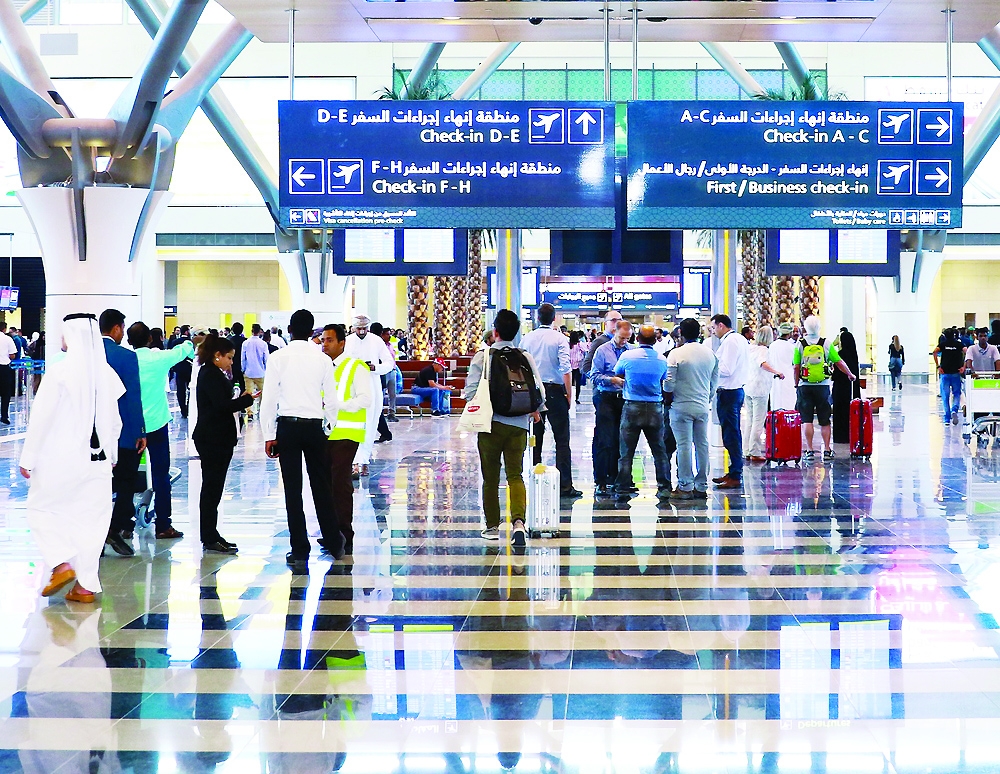
By contrast, Salalah Airport bucked this trend with a healthy increase in passenger traffic of 5.2%, welcoming 870,616 passengers by July 2025, up from 827,486 in 2024. Flights at Salalah also rose by 1.4% to 5,881, pointing to growing travel interest in Oman’s southern region, possibly driven by tourism development, expanding flight options, or improved service levels.
Sohar Airport experienced a dramatic decrease in activity, with passenger numbers plummeting by an overwhelming 85.3% to just 6,831 compared to 46,578 the previous year. The number of flights also fell sharply from 384 to only 130. This significant decline may be attributable to reduced airline operations, shifting demand, or strategic realignments impacting the airport’s utilization.
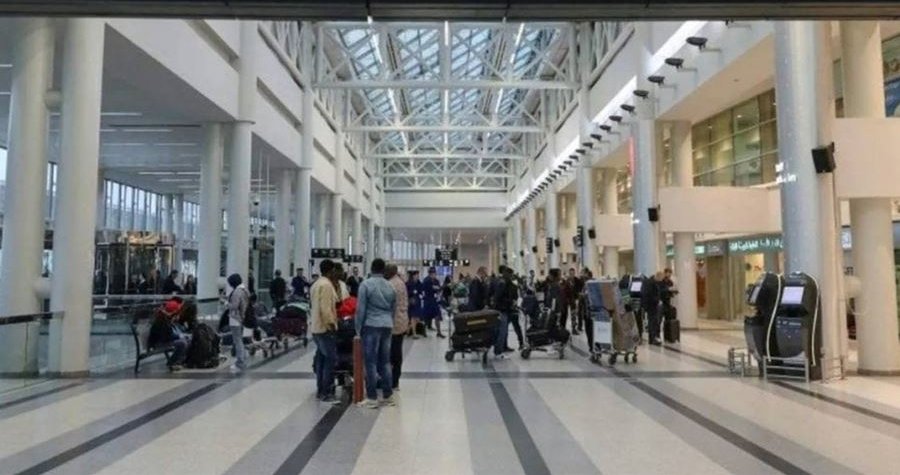
Duqm Airport showed a more balanced performance, seeing a modest passenger increase of 2.4% to 35,622 while flight movements slightly dipped by 0.6% to 360. Duqm’s steady traffic suggests a stable yet cautious growth, which could reflect the airport’s evolving role in supporting regional connectivity and economic development.
Looking at nationalities, Omanis were the dominant travelers through Muscat International Airport in July 2025, with a total of 210,239 passengers—96,858 arrivals and 113,381 departures. This indicates strong domestic outbound and inbound travel. Indian nationals were the second-largest group with 186,402 passengers, followed by Pakistani nationals at 47,777. This distribution highlights the important role of expatriate communities in Oman’s air travel market and underlines key international travel corridors.
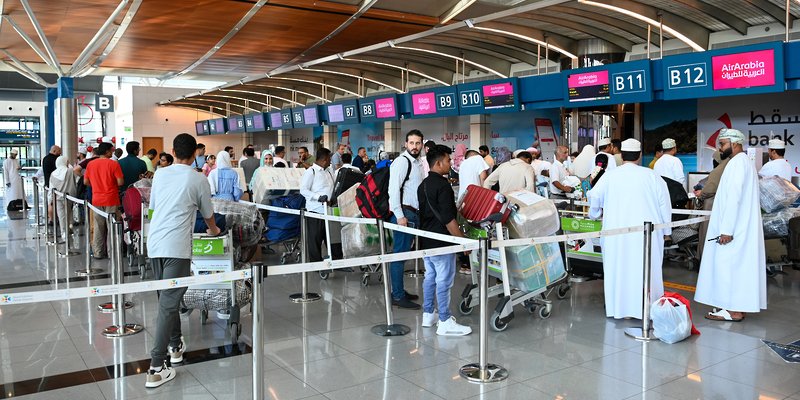
These airport traffic figures provide valuable insight into travel trends within Oman, reflecting the country’s transportation infrastructure dynamics amid a complex global environment. As international travel continues adapting to economic and geopolitical shifts, Omani airports are showing areas of both resilience and challenge, with regional airports like Salalah gaining momentum, while others like Sohar face marked declines.








.jpg)


.jpg)

.jpeg)








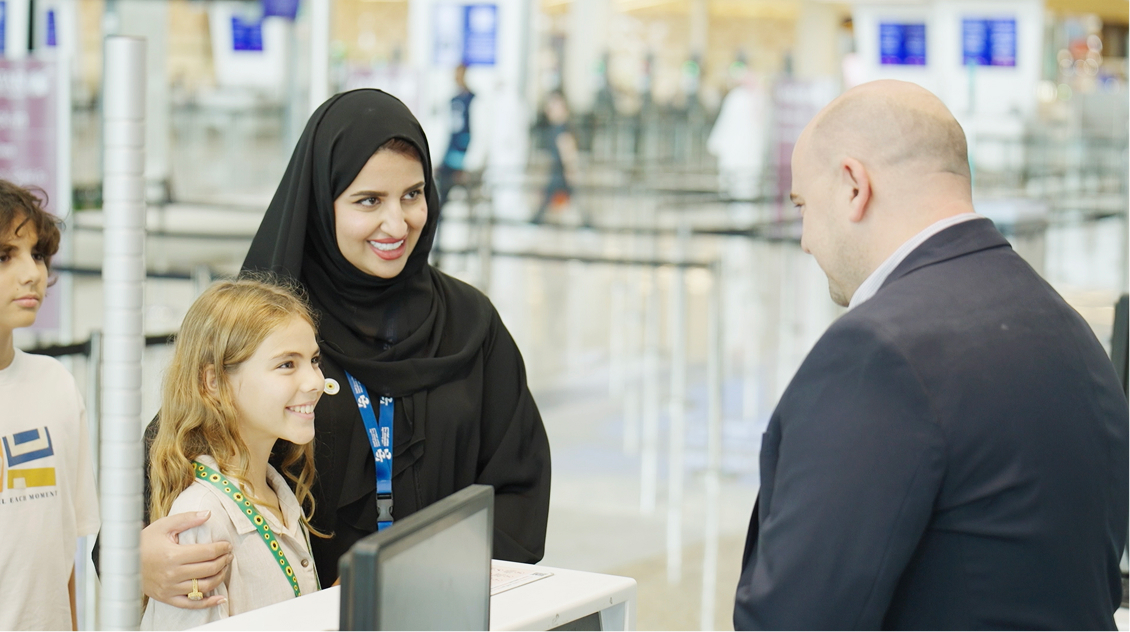
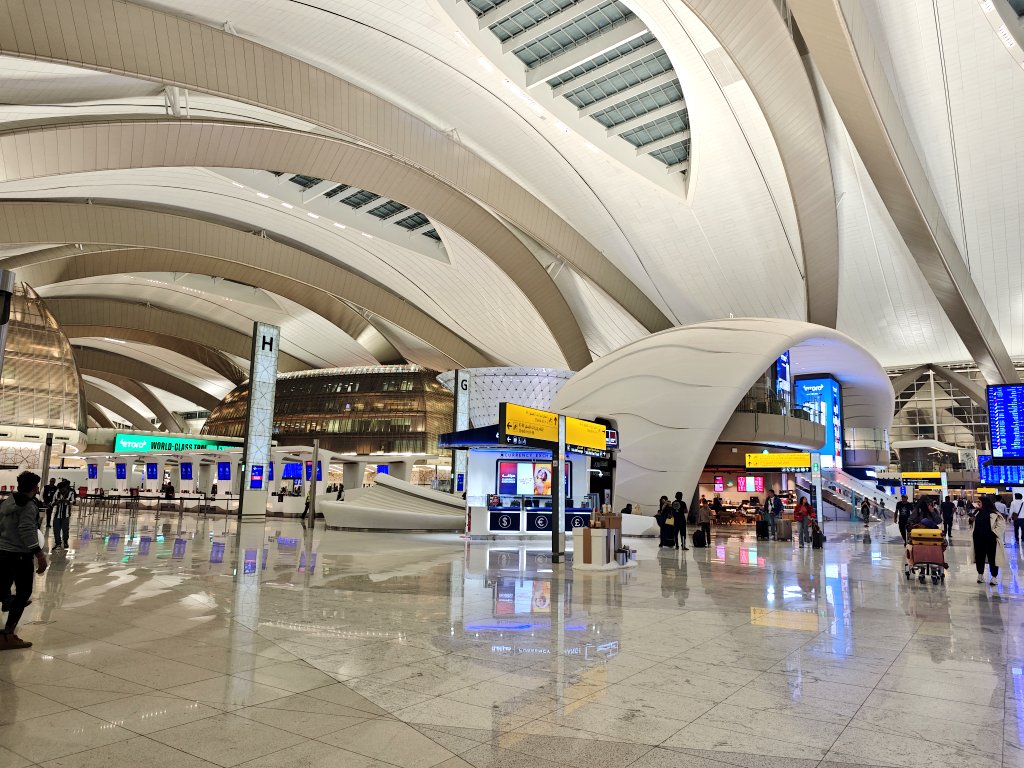
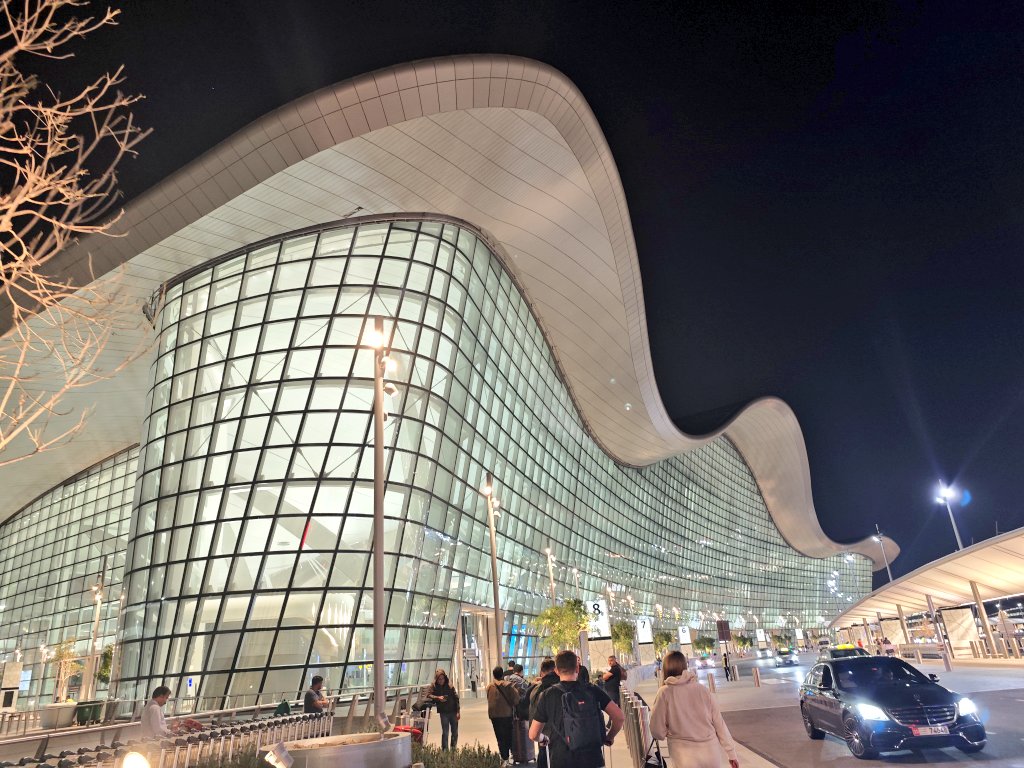

.jpg)
.jpg)
.jpg)
.jpg)






 (1).jpg)
.jpg)




.jpeg)





.jpg)

.jpg)
.jpg)



.png)



.jpg)
